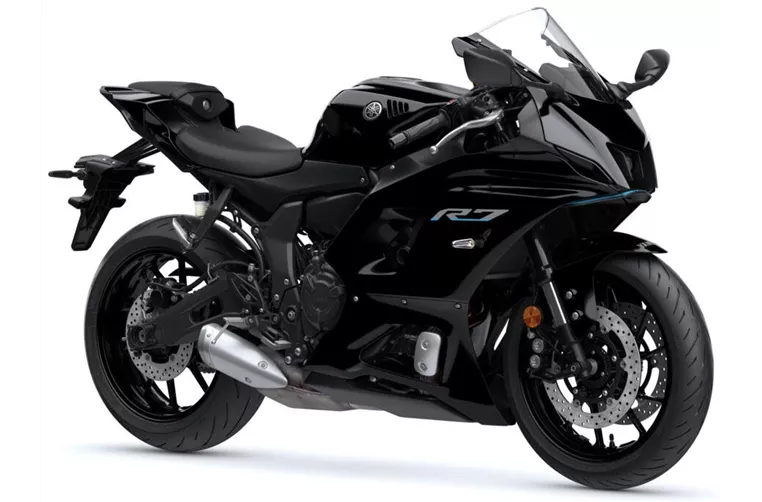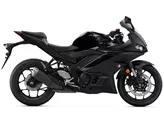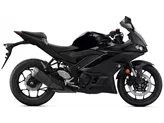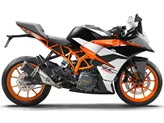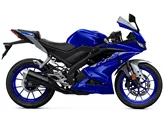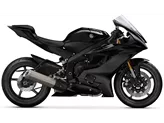Yamaha YZF-R3 2019 vs. Yamaha R7 2021

Yamaha YZF-R3 2019
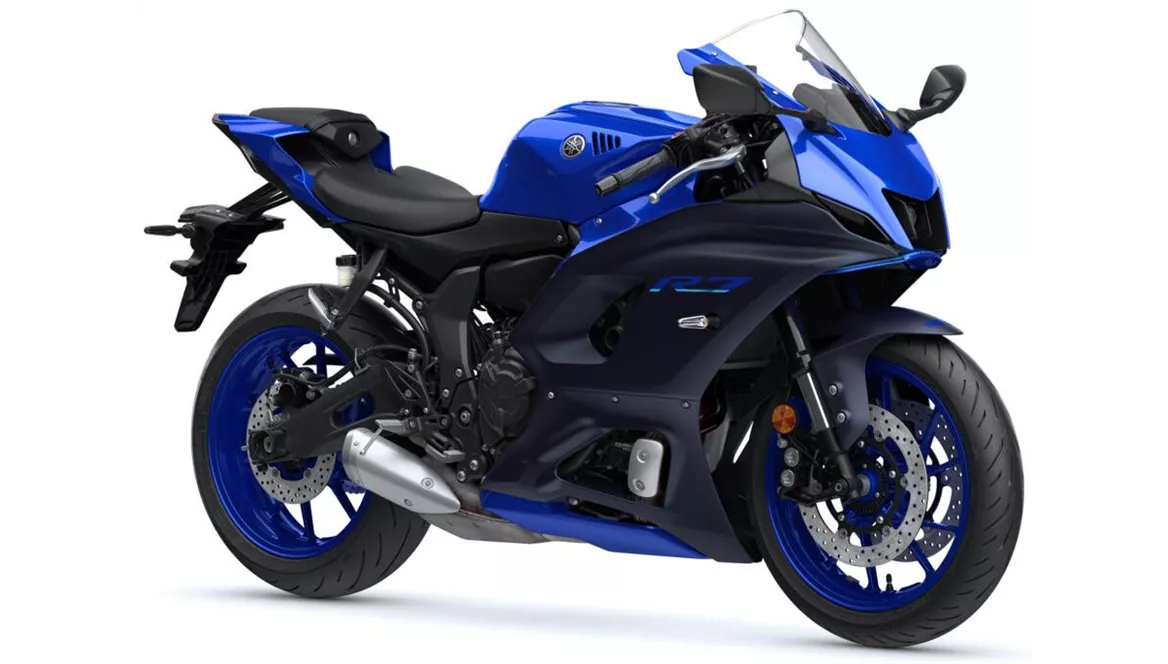
Yamaha R7 2021
Overview - Yamaha YZF-R3 2019 vs Yamaha R7 2021
The Yamaha YZF-R3 model year 2019 and the Yamaha R7 model year 2021 are both supersport motorcycles from Yamaha, but they have several differences in terms of technical specifications and strengths.
Starting with the engine and drive train, the Yamaha YZF-R3 2019 has a bore of 68 mm and a stroke of 44.1 mm, while the Yamaha R7 2021 has a larger bore of 80 mm and a stroke of 68.6 mm. This results in a higher engine power for the R7, with 73.4 HP compared to the YZF-R3's 42 HP. The R7 also has a higher torque of 67 Nm compared to the YZF-R3's 29.6 Nm. Both motorcycles have a compression ratio of over 11 and feature a 2-cylinder engine with 4 valves per cylinder and DOHC technology. However, the R7 has a larger displacement of 689 ccm compared to the YZF-R3's 321 ccm.
In terms of suspension, both motorcycles feature upside-down telescopic forks in the front and a swing arm suspension in the rear. However, the Yamaha R7 2021 has a larger diameter front suspension of 41 mm compared to the YZF-R3's 37 mm. This indicates that the R7 may have a more robust and capable suspension system.

Yamaha YZF-R3 2019
In terms of chassis, the Yamaha R7 2021 has a significantly steeper rake of 66.3 degrees compared to the YZF-R3's 25 degrees. This suggests that the R7 is designed for more aggressive and sporty riding, while the YZF-R3 may offer a more stable and comfortable riding experience.
The braking system also differs between the two models. The Yamaha YZF-R3 2019 has a single disk front brake, while the Yamaha R7 2021 features double disk front brakes. This indicates that the R7 may offer better braking performance and control.
Both motorcycles come with ABS as part of their advanced rider assistance systems, providing added safety and control.
In terms of dimensions and weights, the Yamaha R7 2021 has slightly wider front and rear tires compared to the YZF-R3, with 120 mm and 180 mm widths respectively, compared to the YZF-R3's 110 mm and 140 mm. The R7 also has a slightly longer wheelbase of 1395 mm compared to the YZF-R3's 1380 mm. However, the R7 is also slightly heavier, with a kerb weight (with ABS) of 188 kg compared to the YZF-R3's 169 kg. Both motorcycles have a fuel tank capacity of around 13-14 liters.
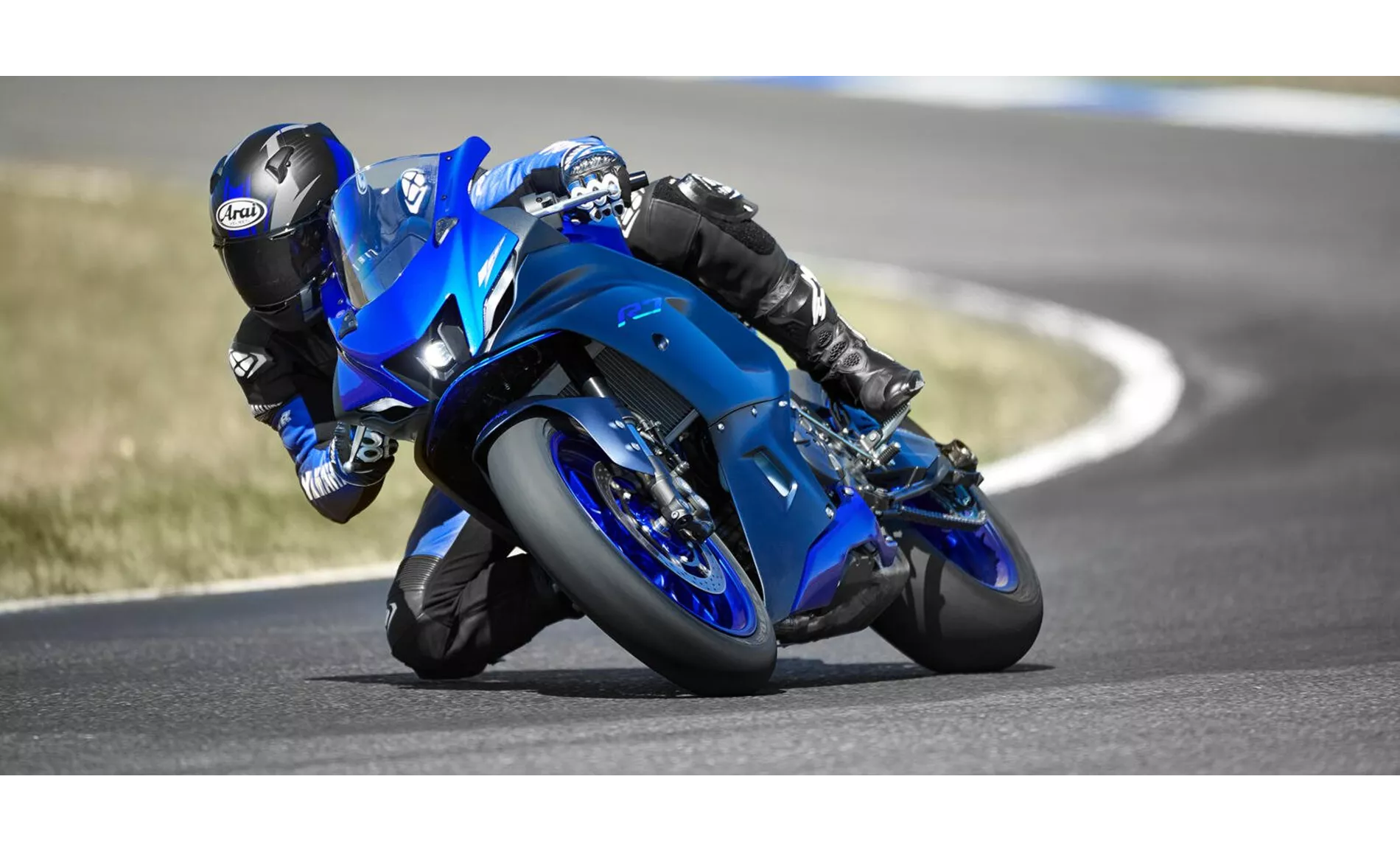
Yamaha R7 2021
In terms of strengths, the Yamaha YZF-R3 2019 is praised for its high-revving engine, sufficient power for everyday use and compact racetracks, stable handling, and suitability for long distances. On the other hand, the Yamaha R7 2021 is commended for its high-torque CP2 engine, sporty riding position, suspension set-up, standard tires, and being a good entry-level trackday bike.
As for weaknesses, the Yamaha YZF-R3 2019 is criticized for its poor throttle response at low revs, lack of feedback in the brake lever, and a knee angle that might be too acute for some riders. The Yamaha R7 2021 is mentioned to lack a quickshifter as standard, which could have been a nice addition.
In conclusion, the Yamaha YZF-R3 2019 and the Yamaha R7 2021 are both impressive supersport motorcycles from Yamaha, but they have notable differences in terms of engine power, suspension, chassis, braking system, and dimensions. Each model has its own strengths and weaknesses, catering to different riding preferences and needs.
Technical Specifications Yamaha YZF-R3 2019 compared to Yamaha R7 2021
Pros and Cons in comparison
Pros and Cons in comparison
Yamaha YZF-R3 2019

With the new YZF-R3, Yamaha has taken the very good basis of the first generation and successfully developed it further. It now appears not only visually more mature, but also noticeably more competent at high speeds. When you ride the R3 at the limit, you quickly feel why Yamaha has set up its own Cup on it, as even the standard model gives a safe feeling at high speed. Nevertheless, there is room for improvement, especially in everyday use, when the rough response at low revs and the poor feedback from the brake lever lead to some moments of frustration during the ride.
Yamaha R7 2021
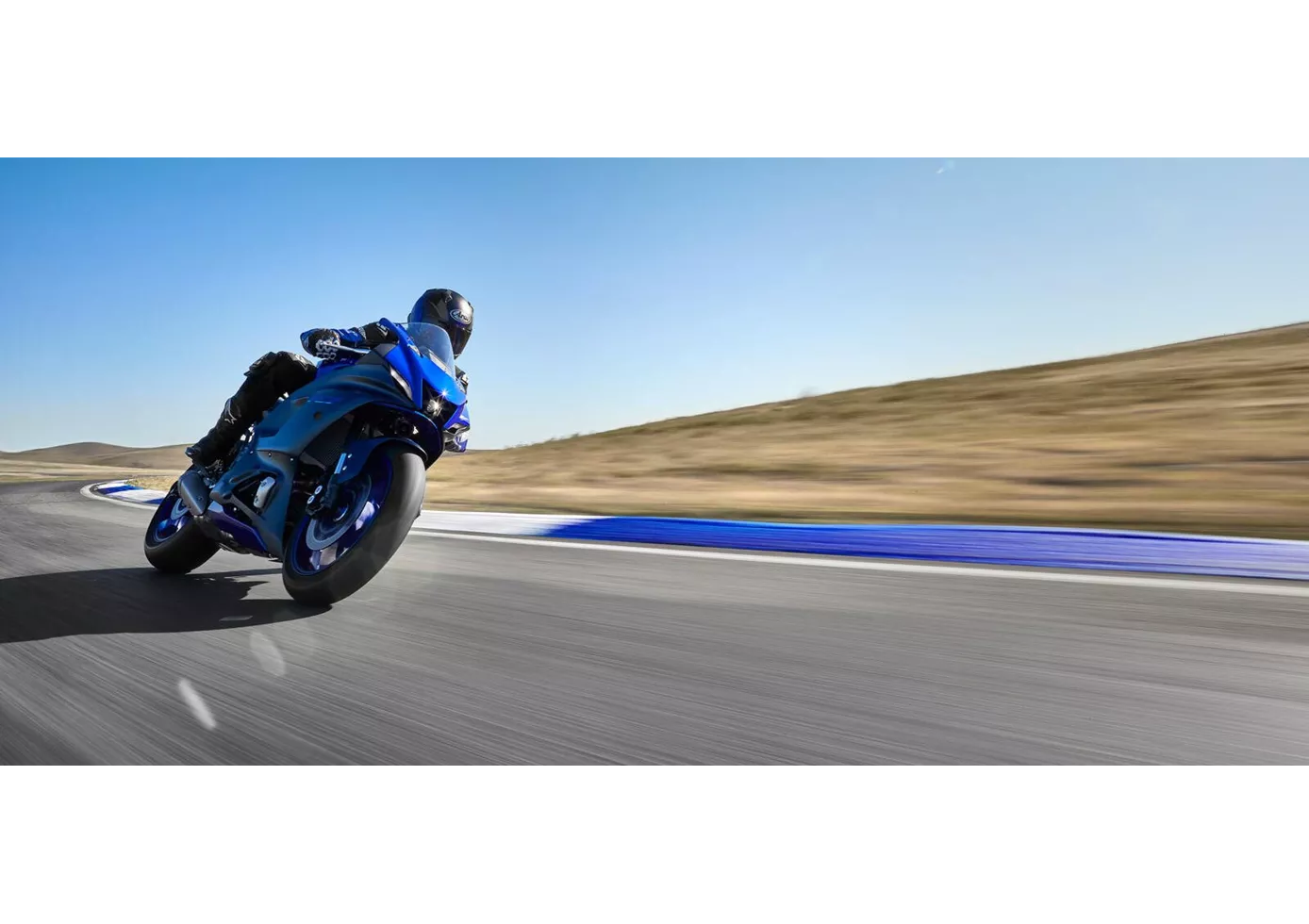
Despite the rather idiosyncratic combination of the sensible 73.4 hp mid-range power unit and the extremely aggressive, sporty look, the R7 is by no means a sheep in wolf's clothing. The performance, which is somewhere between the R3 and the R6, turned out to be much stronger in practice than the pure values on paper would suggest, and in terms of geometry, chassis, brakes and tyres, Yamaha's engineers have really done their homework. On top of that, the Yamaha R7 has all the qualities to have a lot of fun out-of-the-box on a compact race track like the Pannoniaring, for example, even without a big investment. But of course it feels better on the country road, and that's where it belongs in the first place, in our opinion. In view of the overall package, the purchase price is more than fairly priced - so it's not a problem that the quickshifter is not included and has to be purchased as an option.
Price Comparison Avarage Market Price Yamaha YZF-R3 vs Yamaha R7
There are a few key differences between a Yamaha YZF-R3 2019 and a Yamaha R7 2021. There are the same number of bikes of both models available on the 1000PS.de marketplace, specifically 4. It takes less time to sell a Yamaha YZF-R3 with 99 days compared to 161 days for a Yamaha R7. Since model year 2015 1000PS.de editors have written 11 reviews for the Yamaha YZF-R3 and 9 reviews for the Yamaha R7 since model year 2021. The first review for the Yamaha YZF-R3 was published on 17/10/2014 and now has more than 53,600 views. This compares to more than 92,800 views for the first review on Yamaha R7 published on 18/05/2021.

